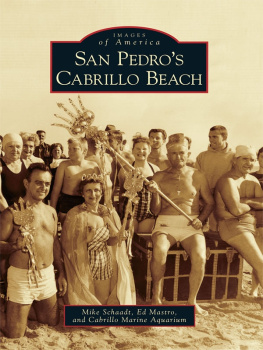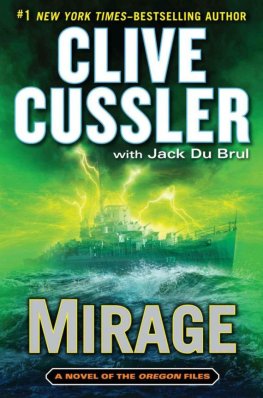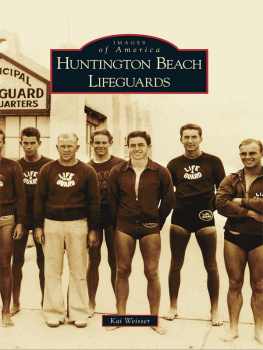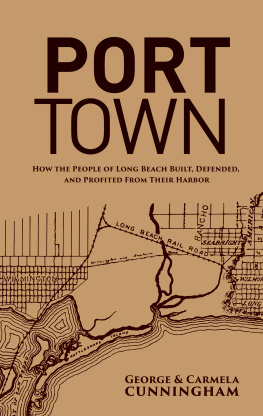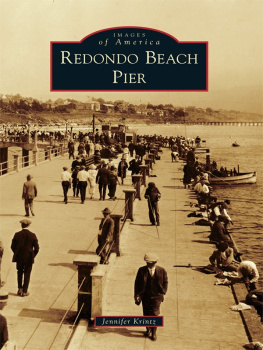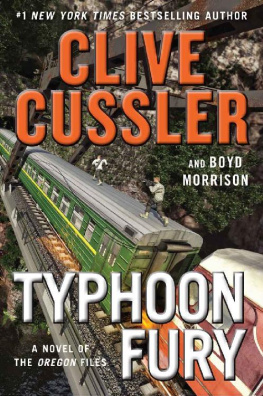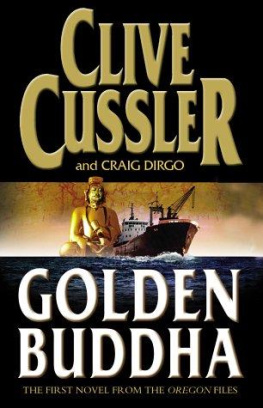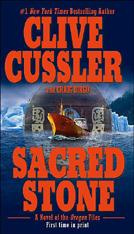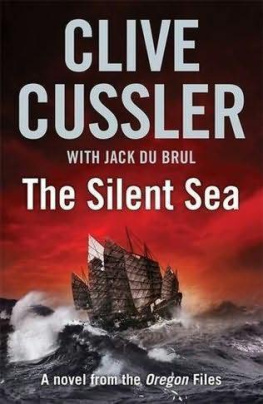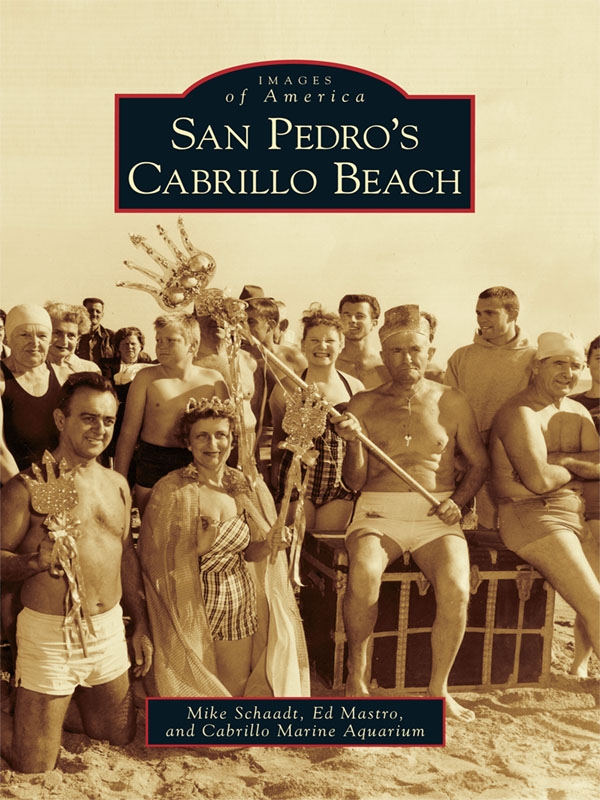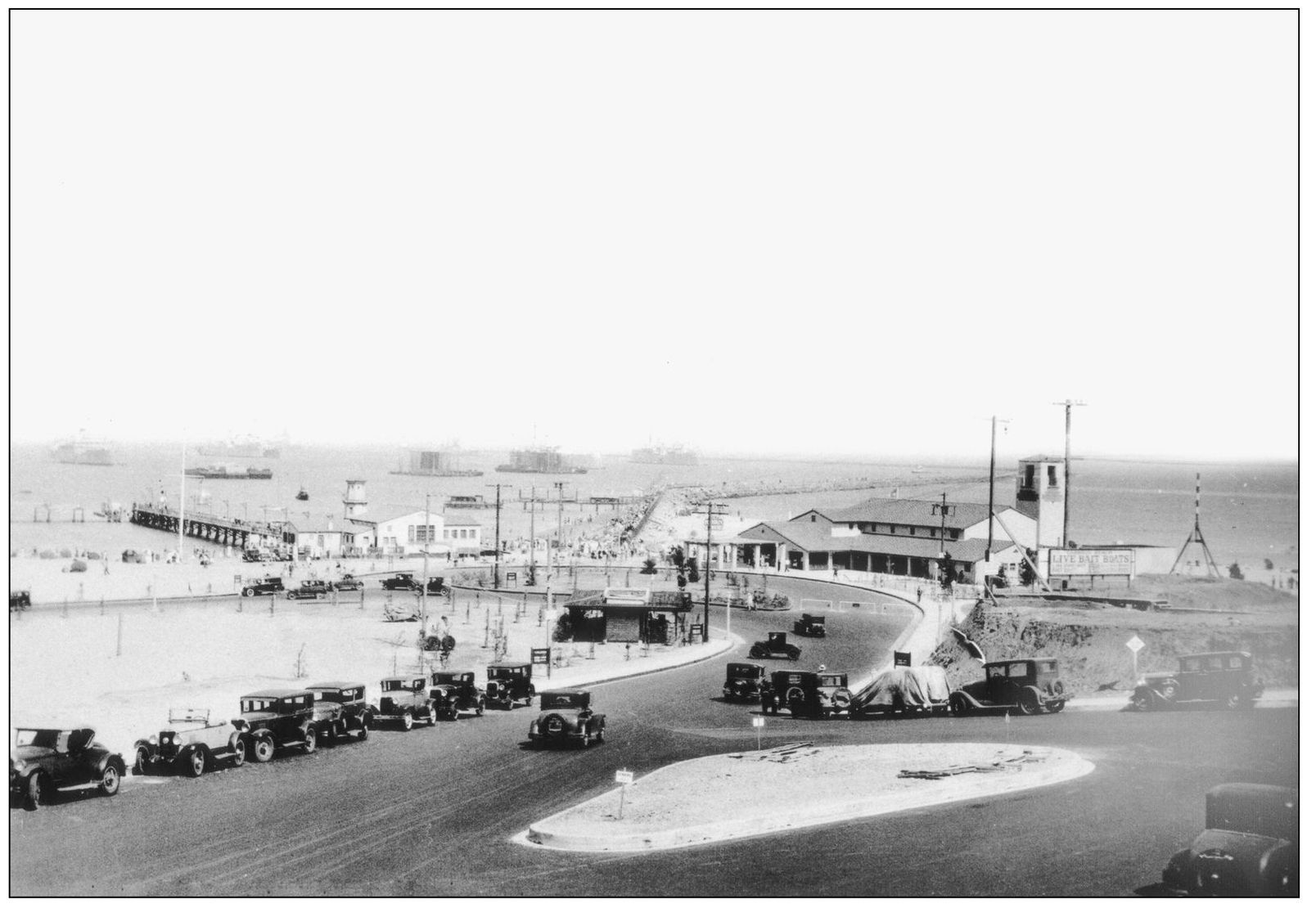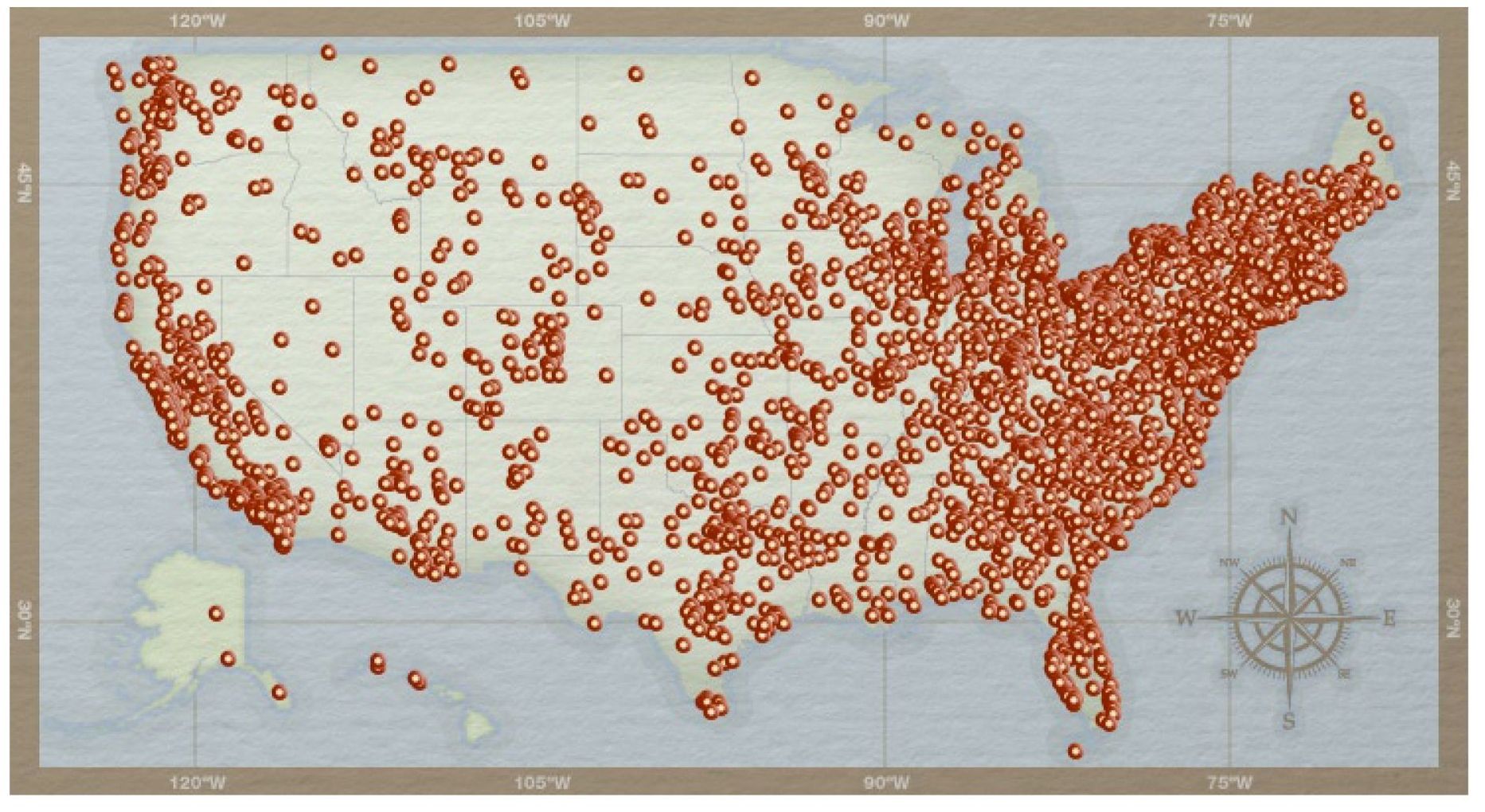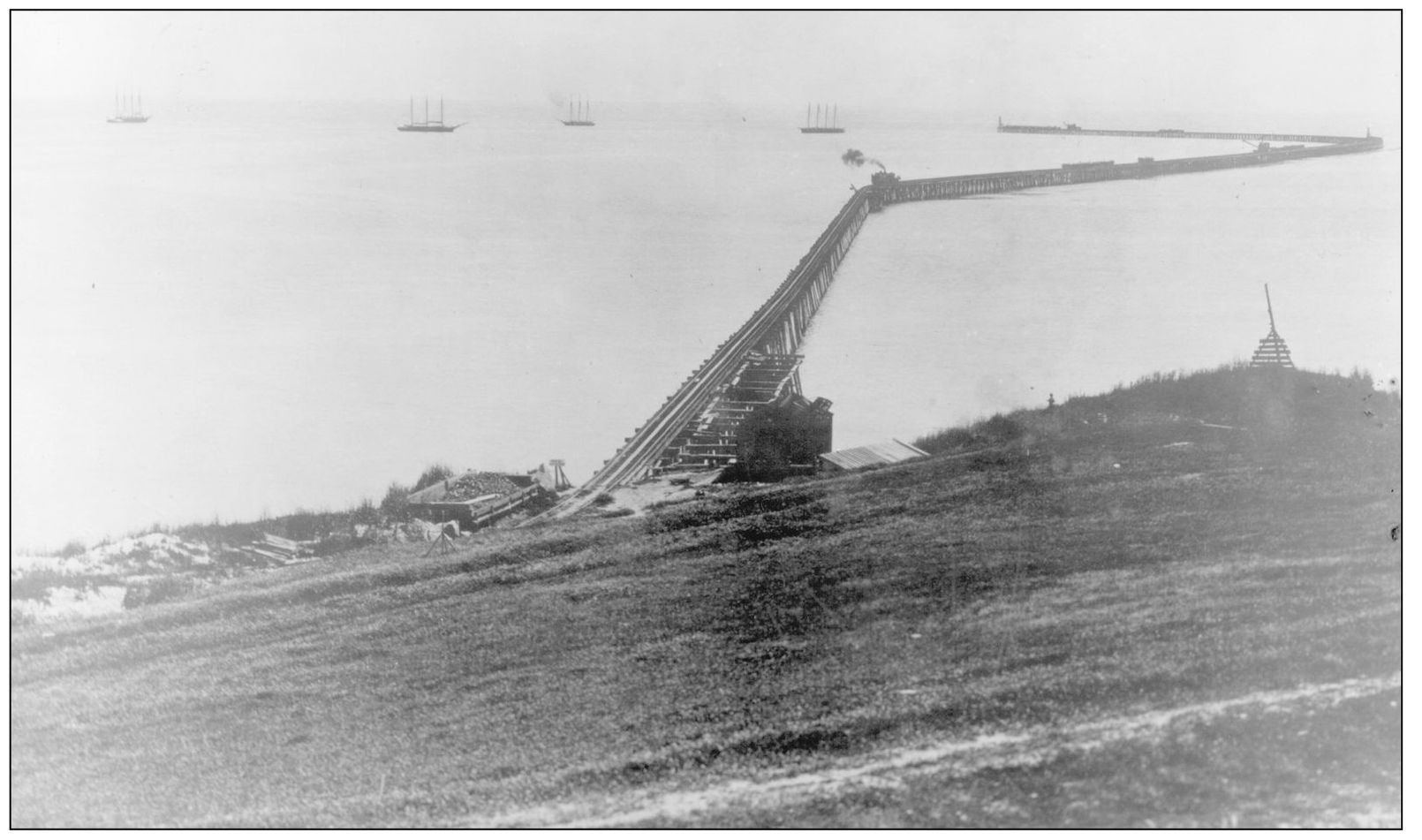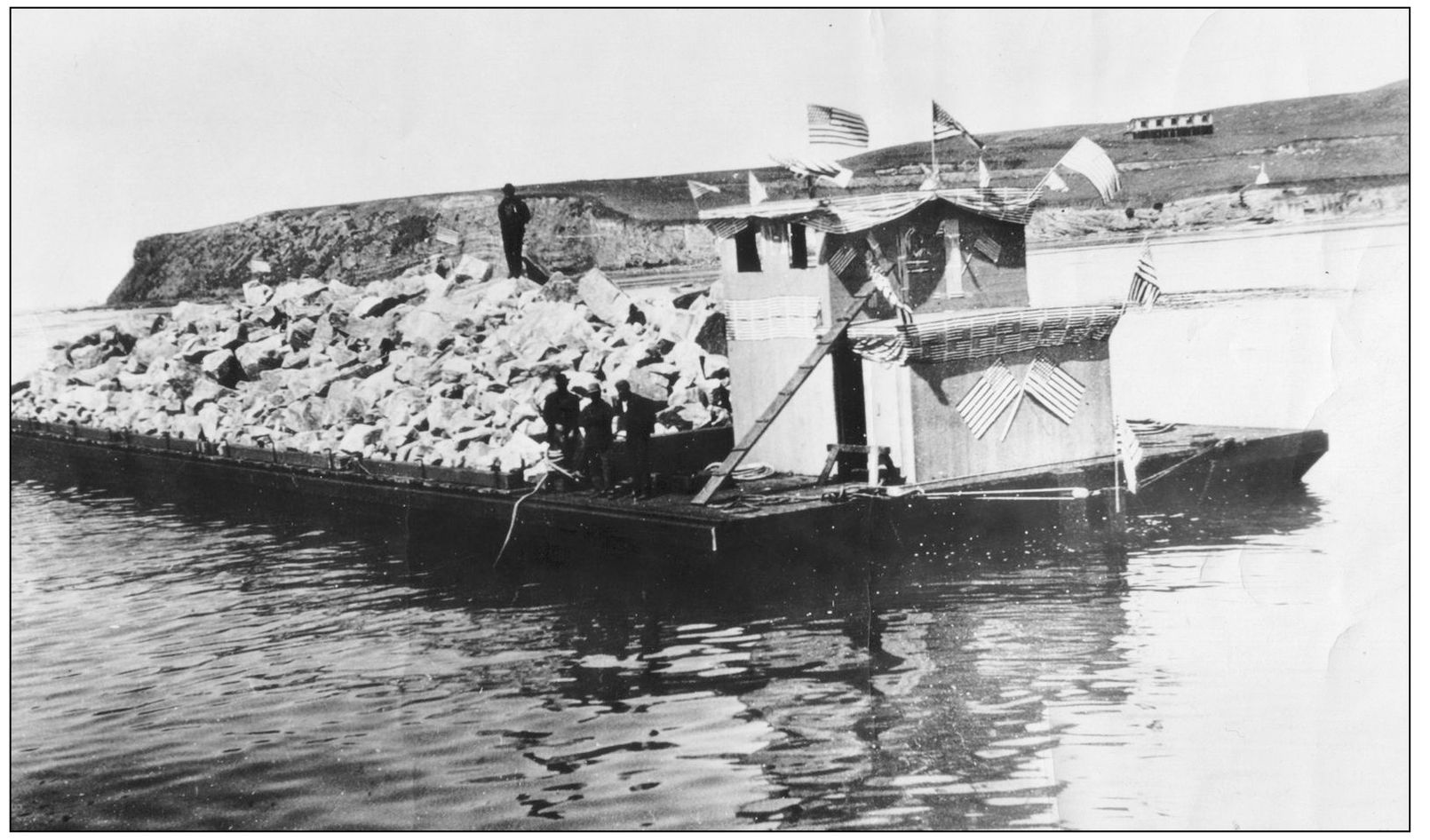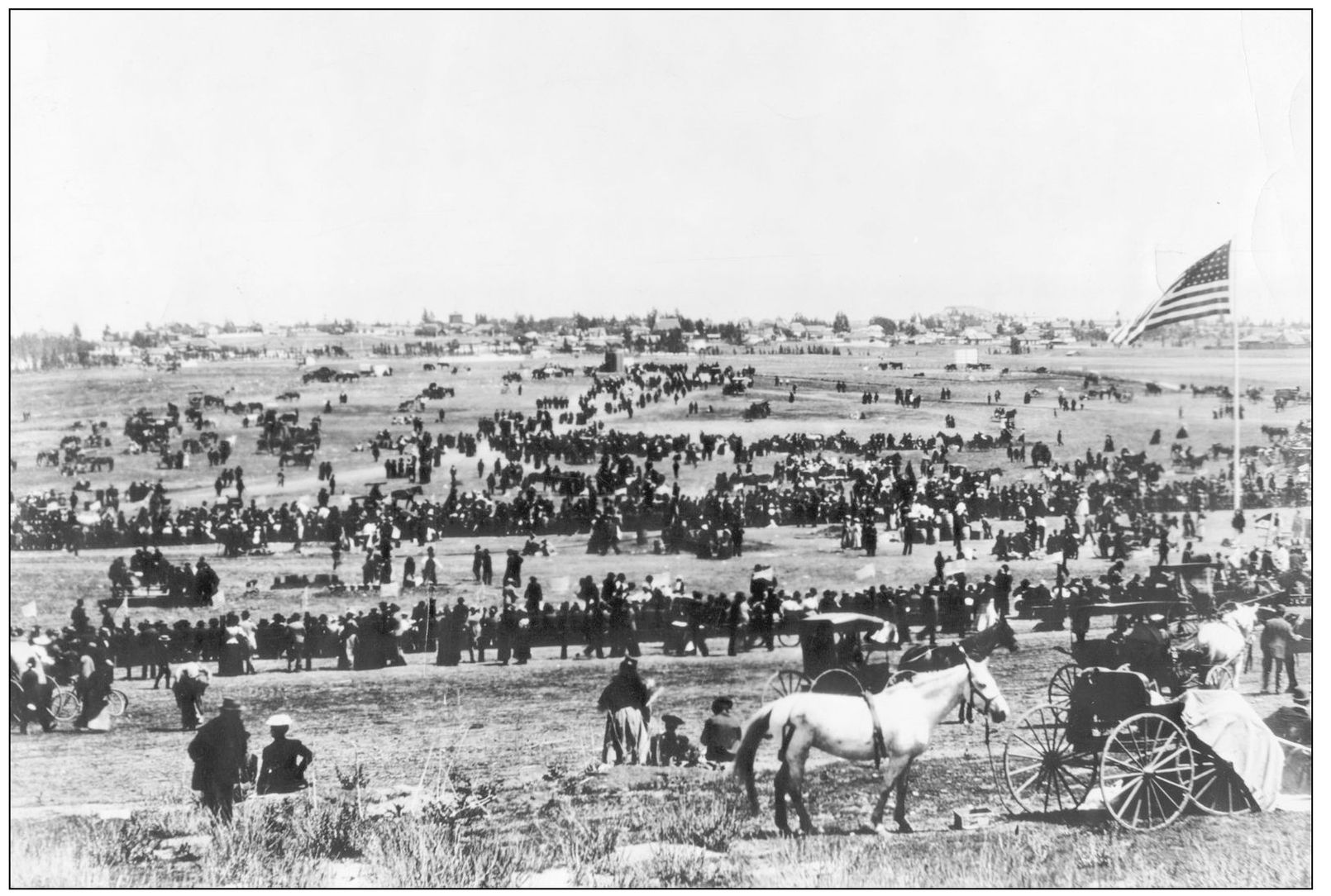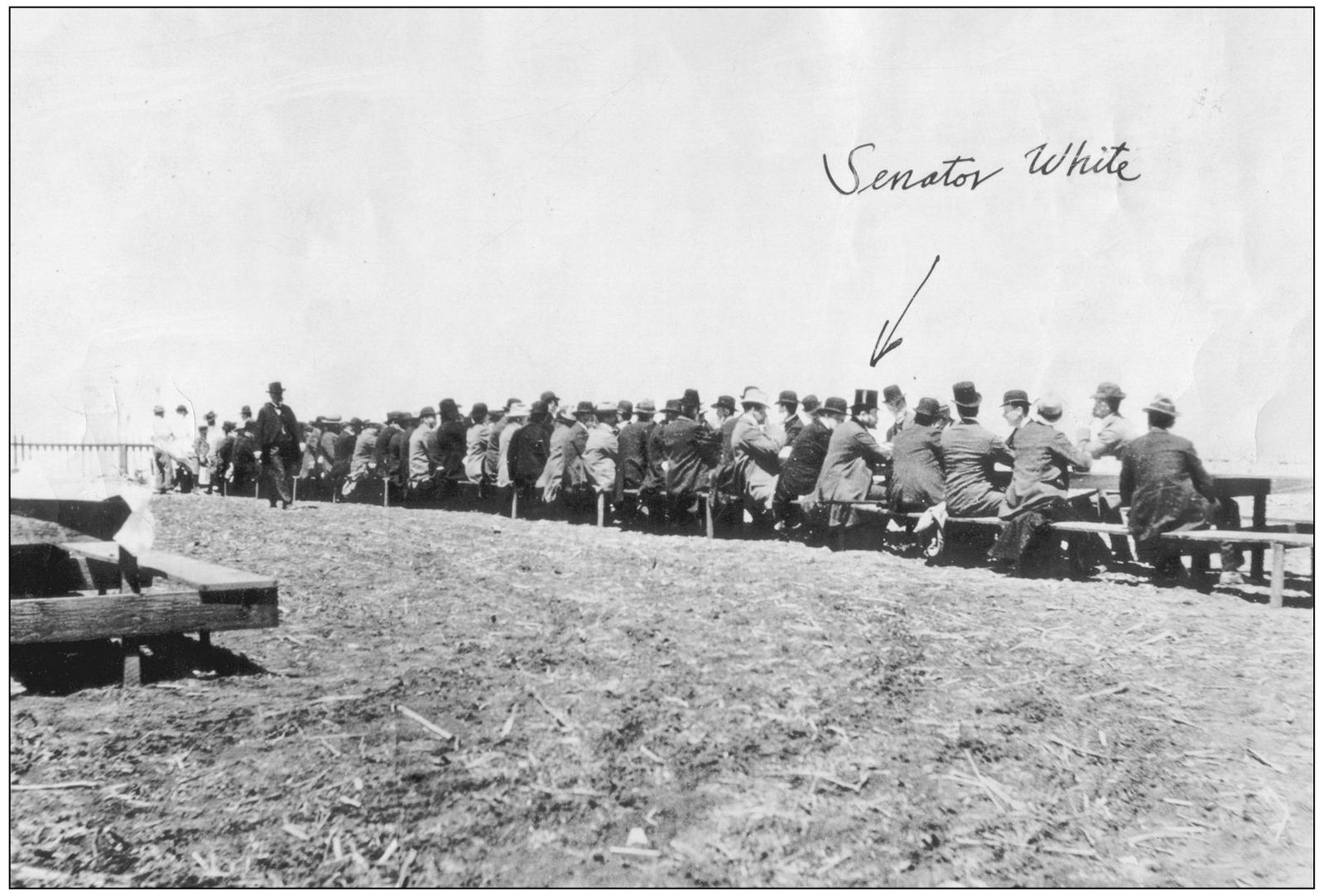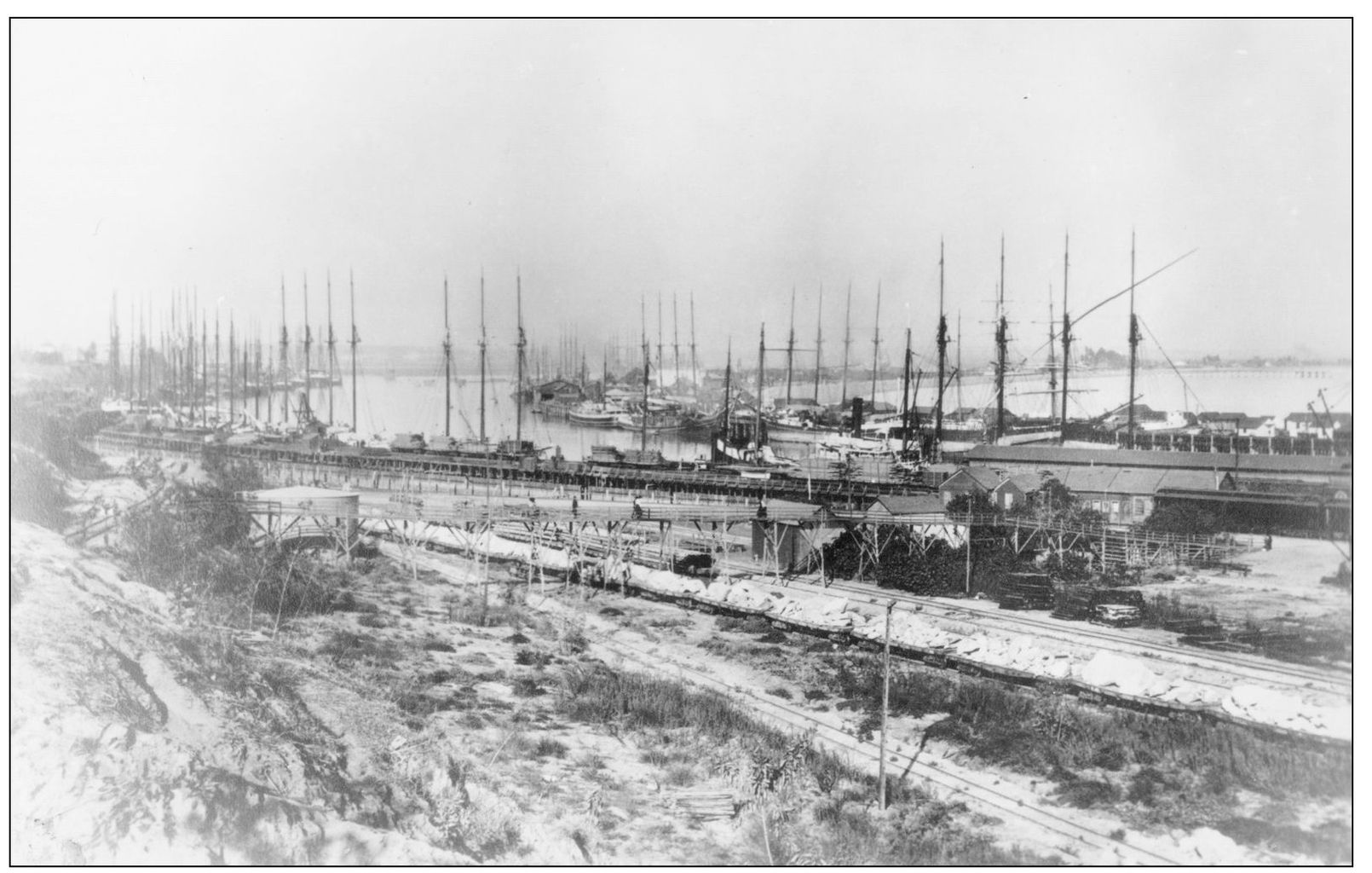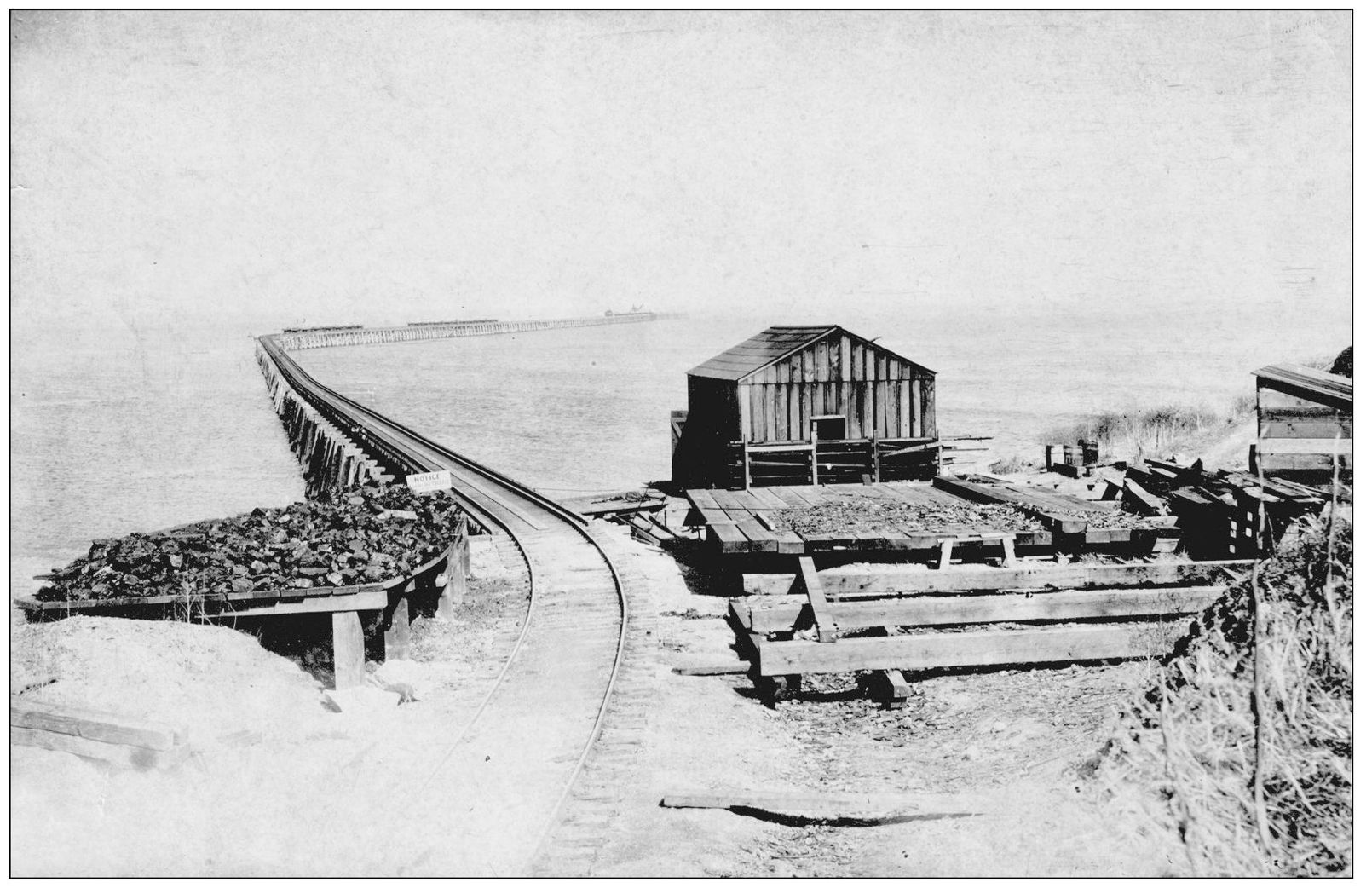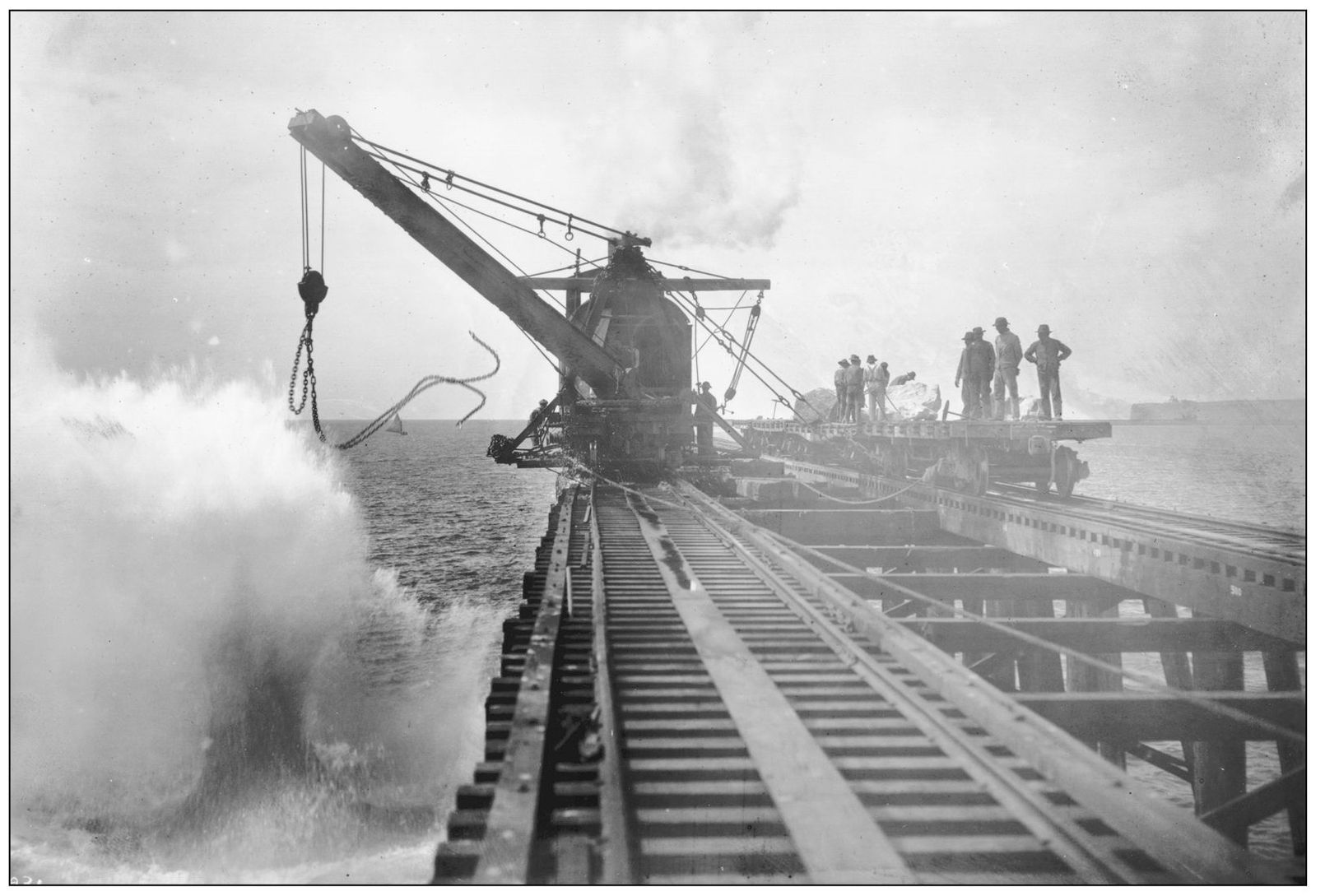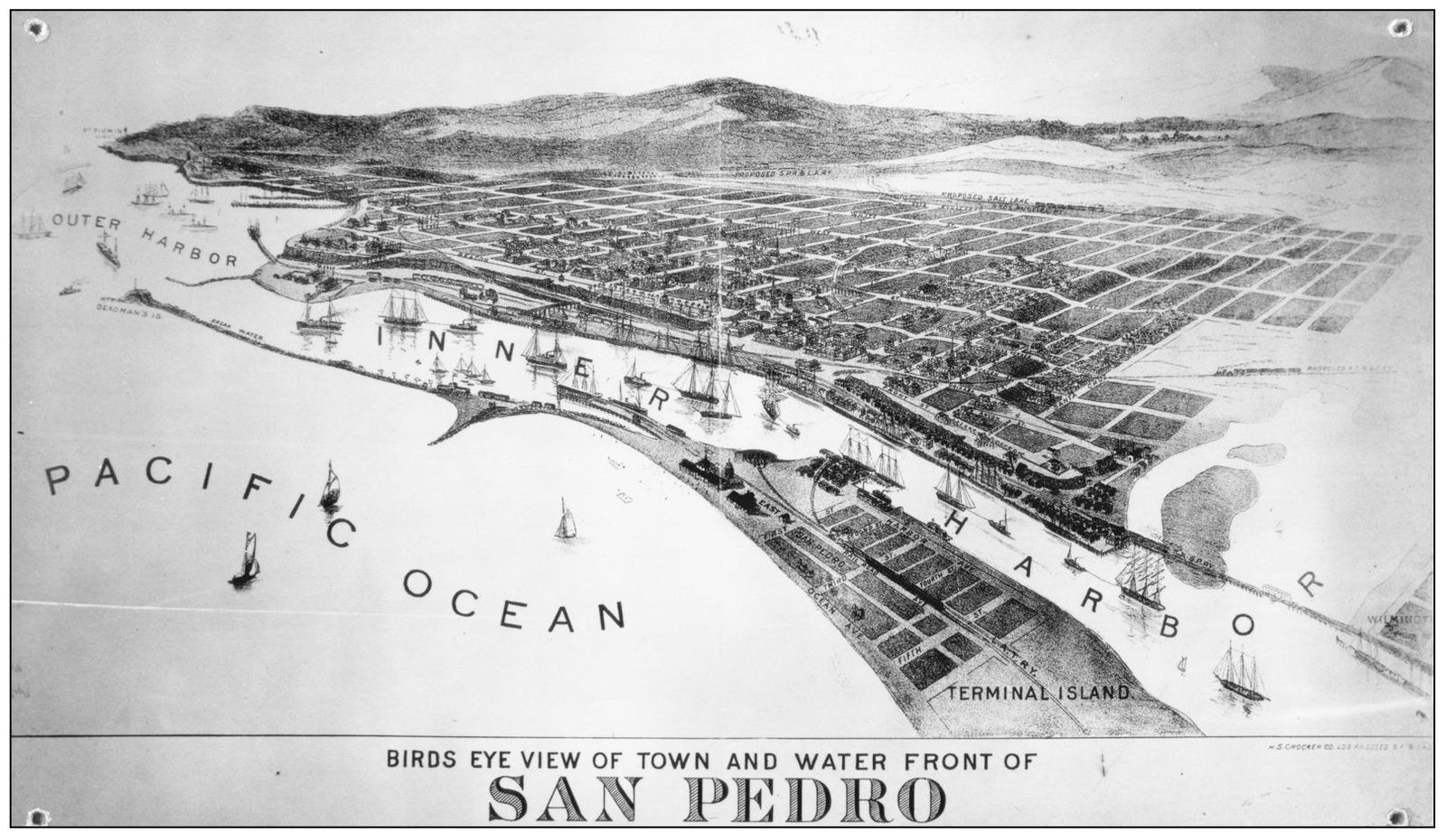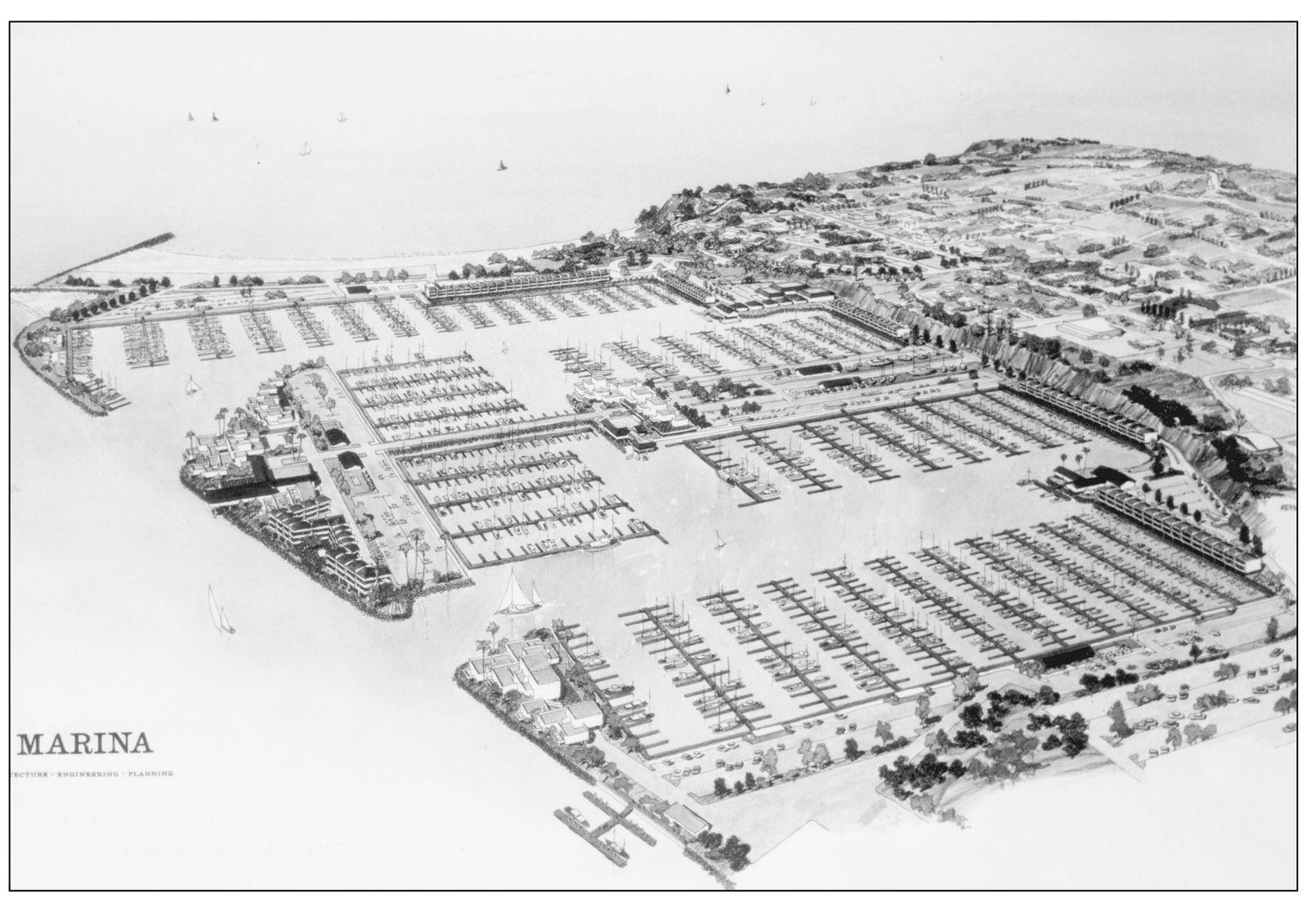Mike Schaadt - San Pedros Cabrillo Beach
Here you can read online Mike Schaadt - San Pedros Cabrillo Beach full text of the book (entire story) in english for free. Download pdf and epub, get meaning, cover and reviews about this ebook. year: 2008, publisher: Arcadia Publishing, genre: Science fiction. Description of the work, (preface) as well as reviews are available. Best literature library LitArk.com created for fans of good reading and offers a wide selection of genres:
Romance novel
Science fiction
Adventure
Detective
Science
History
Home and family
Prose
Art
Politics
Computer
Non-fiction
Religion
Business
Children
Humor
Choose a favorite category and find really read worthwhile books. Enjoy immersion in the world of imagination, feel the emotions of the characters or learn something new for yourself, make an fascinating discovery.
- Book:San Pedros Cabrillo Beach
- Author:
- Publisher:Arcadia Publishing
- Genre:
- Year:2008
- Rating:3 / 5
- Favourites:Add to favourites
- Your mark:
San Pedros Cabrillo Beach: summary, description and annotation
We offer to read an annotation, description, summary or preface (depends on what the author of the book "San Pedros Cabrillo Beach" wrote himself). If you haven't found the necessary information about the book — write in the comments, we will try to find it.
Named after the famous European explorer Juan Rodriguez Cabrillo, Cabrillo Beach in San Pedro is a recreational complex established in 1927 and located at the foot of one of the worlds largest breakwaters protecting the Port of Los Angeles. A regional destination for beachgoers, the wave-swept Cabrillo attracts beachcombers to the tide pools in the adjacent rocky shores of the rugged Palos Verdes Peninsula. During spring and summer, onlookers watch the grunion mate and lay their eggs in the outer beachs wet sand. The protected beach has long been popular with young families who enjoy the calm harbor waters. A public boat launch allows easy access, and the breakwaters boulders have traditionally attracted fishermen and pelicans. Many of the million annual beach visitors enjoy exploring local marine life at the Cabrillo Marine Aquarium, Los Angeless regional clearinghouse for ocean issues, which began in 1935 as the Cabrillo Marine Museum in the Cabrillo Beach Bathhouse.
Mike Schaadt: author's other books
Who wrote San Pedros Cabrillo Beach? Find out the surname, the name of the author of the book and a list of all author's works by series.

